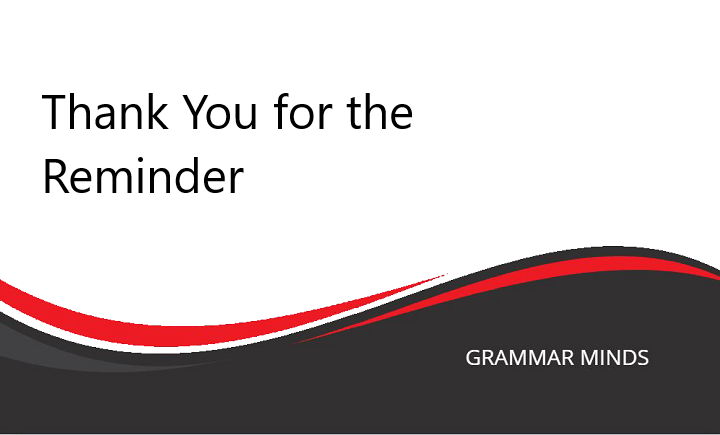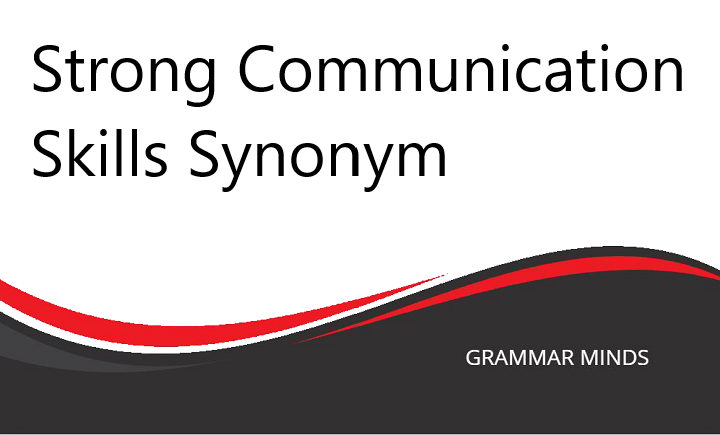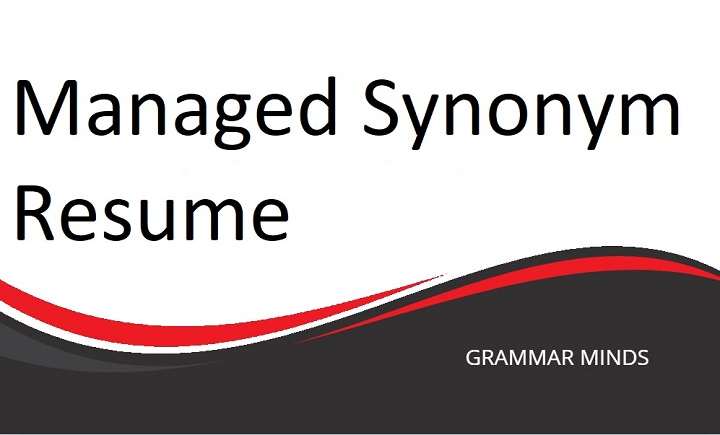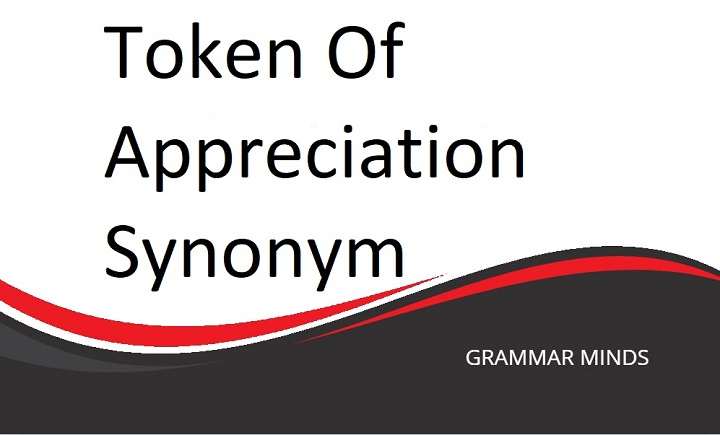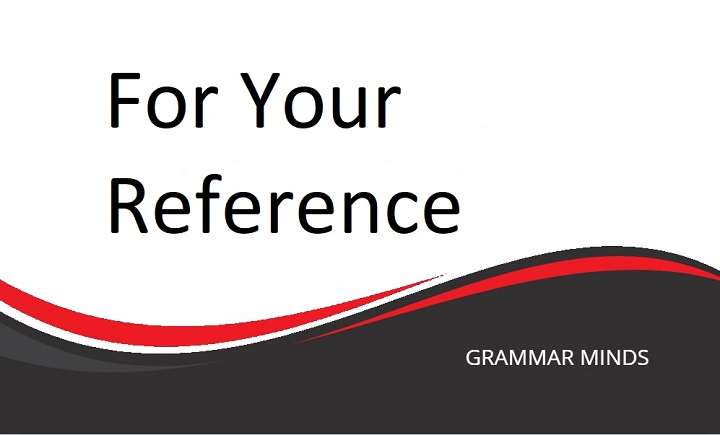Have you ever found yourself starting countless emails with the phrase, “This email is to inform you”? While this is a perfectly fine and grammatically correct way to begin a message, it can quickly feel repetitive and even a bit formal or cold. Whether you’re sending emails to clients, colleagues, or friends, using the same introductory phrase repeatedly can make your communication feel monotonous. The good news is that there are many ways to freshen up your language while keeping your message professional and clear.
This article will introduce you to alternative phrases for “This email is to inform you” that can help you sound more engaging, thoughtful, and varied in your email communication. Whether you’re looking to keep things formal or take a more relaxed approach, we’ve got you covered.
Do You Find Yourself Using “This Email Is to Inform You” Repeatedly?
If you’re like most professionals, you’ve probably written the phrase “This email is to inform you” more times than you can count. While it’s a straightforward way to convey information, using it over and over can make your emails feel robotic or impersonal. The key to effective email communication is balancing professionalism with personality, and that often begins with the way you open your messages.
Fortunately, there are numerous alternatives you can use that maintain the same level of clarity while adding a little variety to your writing. By switching up your phrasing, you can make your emails sound more dynamic and engaging, regardless of the audience you’re addressing.
Let’s dive into some great alternative expressions you can use instead of “This email is to inform you.”
Other Ways to Say “This Email Is to Inform You”
- I am writing to let you know
This alternative offers a simple yet effective way to convey the same message. It’s slightly less formal than the original phrase but still professional enough for business emails. - I wanted to bring to your attention
If you’re dealing with something that needs attention, this phrase works well. It’s polite, formal, and lets the recipient know the email is important. - Please be informed that
This is a more formal option that maintains the directness of the original phrase. It’s great for official or legal notifications. - Just a quick note to update you on
For a more casual tone, this phrase softens the message while still being informative. It’s perfect for internal updates or informal announcements. - I would like to notify you
Another formal option, this phrase works particularly well for situations where you need to be polite but clear about your intentions. - I’d like to inform you
This is a great middle-ground option: not too formal, not too casual. It strikes the right balance for most professional situations. - We wish to inform you
This phrase works well in collective or corporate settings, such as a company-wide announcement or message from a team. - You should be aware that
If the message is urgent or important, this phrase helps emphasize the necessity of the information being shared. - Please note that
This is a concise and clear alternative that works well when you need to communicate essential information quickly. - Kindly be advised that
A more formal version of “Please note that,” this phrase is ideal for legal, financial, or other official communications.
Key Notes
The phrase “This email is to inform you” is grammatically correct and suitable for formal situations, particularly in professional environments. However, its
Also Read
Property Management Names: A Comprehensive Guide to Choosing the Perfect Name
repetitive use can make your communication feel monotonous, which is why using alternative phrases is beneficial. These alternatives can be used in both formal and informal situations, depending on the tone you want to convey.
Here are some key points to keep in mind when choosing an alternative phrase:
- “I am writing to let you know” is a versatile option that can work in both formal and informal situations, especially in emails or letters.
- “Please be informed that” is more formal and should be reserved for situations where official communication is needed, such as notices or legal documents.
- “Just a quick note to update you on” is great for informal or internal communications where a relaxed tone is more appropriate.
Let’s explore each of these phrases in more detail to understand their usage and how to apply them effectively in emails.
I Am Writing to Let You Know
Usage:
This is a friendly yet professional alternative to “This email is to inform you.” It strikes a balance between being informative and conversational, making it perfect for both professional emails and internal communication.
Example (in an email):
Dear Sarah,
I hope this message finds you well. I am writing to let you know that we’ve finalized the plans for the upcoming meeting, and I’ve attached the agenda for your review.
Please let me know if you have any questions.
Best regards,
John
I Wanted to Bring to Your Attention
Usage:
This phrase is great when you need to direct someone’s attention to something specific. It carries a sense of urgency without sounding overly formal.
Example (in an email):
Dear Mr. Smith,
I wanted to bring to your attention a recent change in our company’s policy regarding remote work. We have attached the new guidelines for your review.
Thank you for your understanding, and feel free to reach out with any questions.
Best regards,
Amanda
Please Be Informed That
Usage:
This is a more formal and authoritative way to convey important information. It is ideal for official communications, especially in legal or corporate contexts.
Example (in an email):
Dear Mr. Johnson,
Please be informed that the scheduled maintenance will take place this Saturday at 2:00 PM. During this time, our services will be temporarily unavailable.
We appreciate your patience and cooperation.
Best regards,
IT Department
Just a Quick Note to Update You On
Usage:
This phrase is a casual and conversational way to provide an update. It works best for internal communications or emails to colleagues where a more relaxed tone is appropriate.
Example (in an email):
Hi Lisa,
Just a quick note to update you on the status of the project. We’ve completed the first phase and are now moving into the second phase.
Let me know if you have any feedback!
Cheers,
Tom
I Would Like to Notify You
Usage:
This is a formal and polite way to inform someone of something important. It’s often used in business or official communications.
Example (in an email):
Dear Mrs. Evans,
I would like to notify you that we have received your application and are currently reviewing it. We will get back to you within the next few days with further updates.
Thank you for your patience.
Best regards,
Admissions Team
Is It Correct to Say “This Email Is to Inform You”?
Yes, the phrase “This email is to inform you” is grammatically correct and can be used in both formal and informal settings. It’s a clear and straightforward way to convey information in emails or letters. However, using it too frequently can make your writing feel stale, which is why it’s helpful to mix things up with alternative phrases.
For instance, slight variations of this phrase, such as “I am writing to inform you” or “I wanted to inform you,” can achieve the same effect while providing more variety in your emails.
In conclusion, the phrase “This email is to inform you” is perfectly acceptable for both formal and informal communication. However, by incorporating the alternative phrases provided in this article, you can diversify your language and make your emails more engaging. Whether you’re writing to a client, colleague, or friend, these alternatives will help you communicate more effectively while keeping your messages fresh and professional.
By varying your language, you’ll not only improve your communication but also leave a lasting impression on your recipients. So, next time you sit down to draft an email, try using one of these alternatives to mix things up and elevate your communication game.


